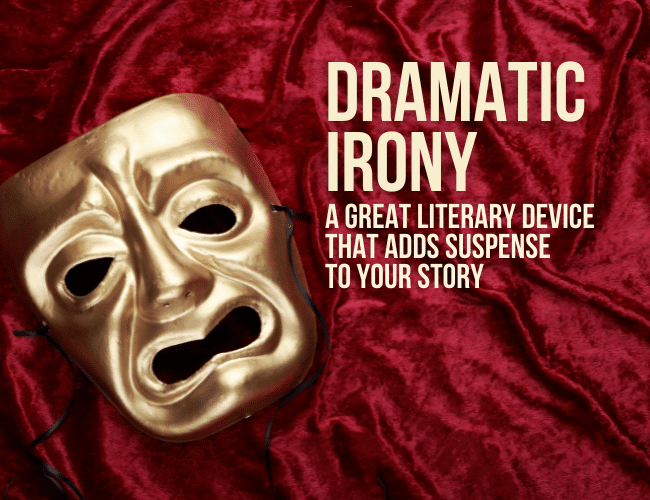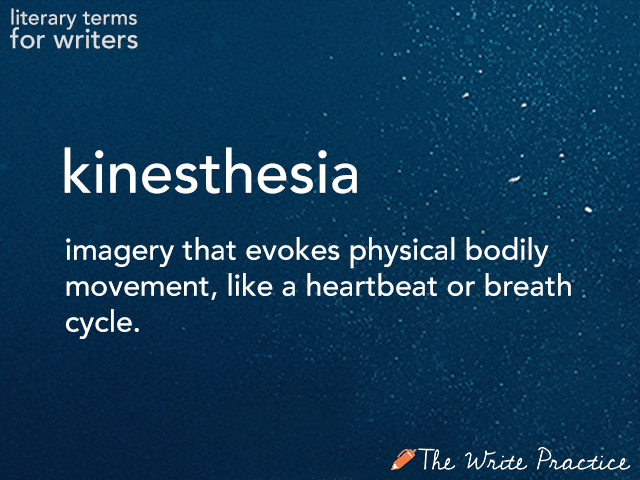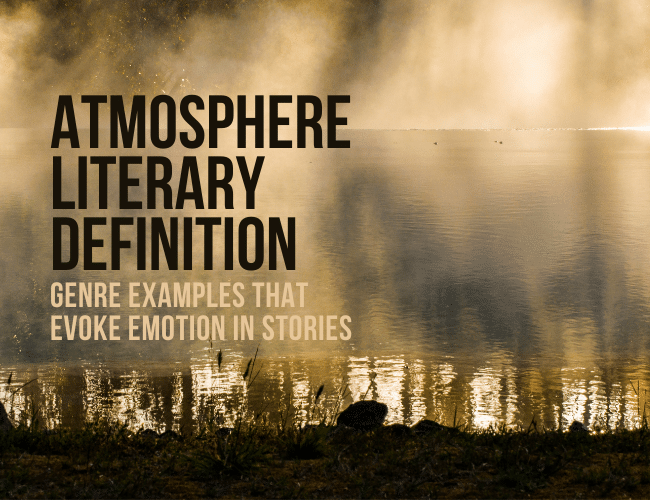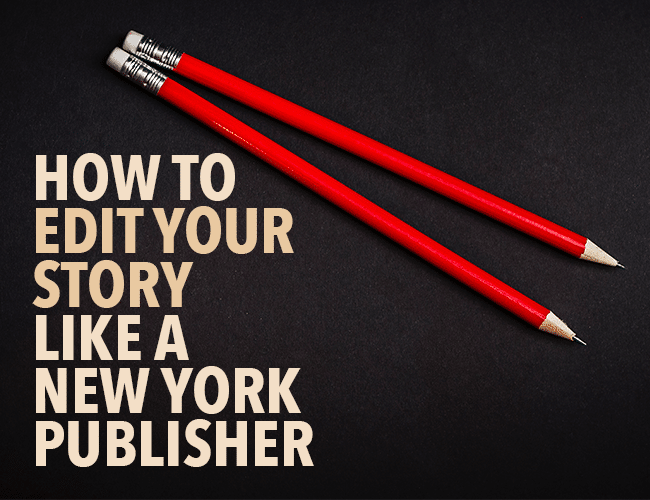
by Joslyn Chase |
Do you remember the first time you read Romeo and Juliet? Did you cringe when Romeo kills himself, knowing that Juliet is still alive? This is a perfect example of how to use dramatic irony in your story—a literary device that will inevitably add suspense into your novel.
Dramatic irony can be used in any story regardless of genre, but it is especially useful when writing stories that you want to increase tension and suspense.
In this article, you’ll learn about dramatic irony, another useful technique that keeps readers on the edge of their seats.

by Liz Bureman |
It’s kind of fun when words that refer to literary techniques have their origin in other disciplines. Take kinesiology, for example. I had several friends in college who were kinesiology majors, which means that they studied the science of human movement. That general idea of movement is also reflected in today’s new literary word: kinesthesia.

by Joe Bunting and Ruthanne Reid |
Plot has a specific structure. It follows a format that sucks readers in; introduces characters and character development at a pace guaranteed to create fans; and compels readers to keep reading in order to satisfy conflict and answer questions.
Do you want readers to love your story? (Who doesn’t, am I right?) Then you need to understand plot.

by Joslyn Chase |
Atmosphere matters. You might be someone who will pay a premium to eat at a restaurant with a certain ambience or buy a house in a setting that supports a particular feeling. But how do you use atmosphere in your book?
In like manner, your reader won’t remember every word you wrote, but if you infuse the story with atmosphere, they will remember the way it made them feel.
But how can you weave atmosphere into your story without making it feel forced? How can your story’s atmosphere evoke an emotional response and leave a lasting impression on your readers? How can you leverage this literary technique to enhance that feeling?
A strong sense of atmosphere figures into the works of William Shakespeare. Edgar Allan Poe mastered atmosphere in poems like The Raven and his haunting tales of suspense. J.K. Rowling managed it well in the Harry Potter series.
And you can learn it too.
There are many literary devices and elements of fiction a writer uses to impact the atmosphere of a literary work, including figurative language, word choice, similes, and personification. In this post, we’ll examine how point of view and genre considerations help to set the mood and establish atmosphere.

by Pamela Fernuik |
You have finished writing the first draft of your story, a version of your whole story from beginning to end. Now it is time to edit, to revise your words to make your story clear and compelling, so the reader will continue reading after the first sentence.
Editing your story might feel like an impossible task, but when you have a strategy to use, you can be confident you can edit your own story and improve your writing.
Whatever you do, do not skip the important step of editing your first draft. According to David Remnick, the editor of The New Yorker, “Revision is all there is.”

by Liz Bureman and Elizabeth Nettleton |
In speech, when you contract “could have,” “would have,” or “should have,” you end up with what sounds like, “could of,” “would of,” and “should of.” However, that is not what should be written. The proper contracted forms of could/would/should have are could’ve/would’ve/should’ve.
And yes, could’ve is an acceptable contraction. What is not acceptable is saying “could of” instead, because that is just plain wrong.





